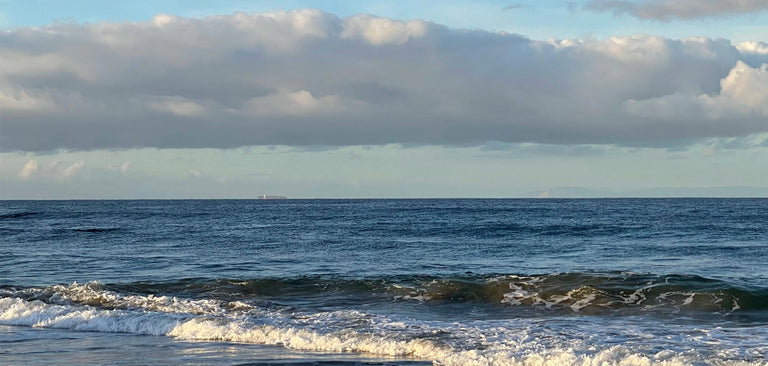Oceans cover nearly 70 percent of the Earth’s surface and are highly impacted by climate change. The ocean soaks up heat from the Earth, distributing the heat more evenly across the planet. The ocean also absorbs carbon dioxide from the Earth's atmosphere.

The relationship between the ocean, atmosphere and Earth can be symbiotic. It is vitally important that we understand this balance is being disturbed by increased greenhouse gas emissions from human activity. As greenhouse gas emissions continue to rise, more heat is trapped in the atmosphere. The increased heat is then absorbed by the ocean and drives ocean temperatures to rise and the natural symbiotic relationship becomes imbalanced.
According to the EPA1, scientists can see the negative effects of the increased ocean heat absorption on ocean habitats and our global weather from ocean temperature, rise in sea levels, coastal flooding and ocean acidity.
Both global sea surface temperature has increased and stored ocean heat has increased since the 1950s, affecting sea levels and currents. According to climate.gov, sea levels are rising at a more rapid rate per year now than throughout most of the twentieth century and “high-tide flooding is now 300 percent to more than 900 percent more frequent than it was 50 years ago”.2 These warmer waters have the potential to develop stronger storm systems in the tropics. These stronger storms not only impact sea life, but also they can also cause intensive property damage or loss of life in coastal communities.
Additionally, the increased absorption of carbon dioxide has caused the ocean to become more acidic. This affects the minerals in the water, making it difficult for marine animals to survive, altering food chains.
So, what can you do to help decrease your carbon footprint and greenhouse gas emissions?
- Choose to eat sustainably. Reduce meat consumption, opting for more vegetables, legumes or sustainably-caught wild seafood which emits 20x less greenhouse gas emissions than beef.3
- Use natural, or non-toxic cleaners rather than chemicals to ensure chemicals aren’t ending up into waterways.
- Reduce, reuse and recycle to cut down on waste that uses landfill space. This can also include food scraps. If you can accommodate the space, start composting your food scraps to help restore soil health in house plants or your outdoor garden.
- Calculate your carbon footprint using the EPA’s carbon footprint calculator and learn other ways to reduce your impact. https://www3.epa.gov/carbon-footprint-calculator/
Sources:







